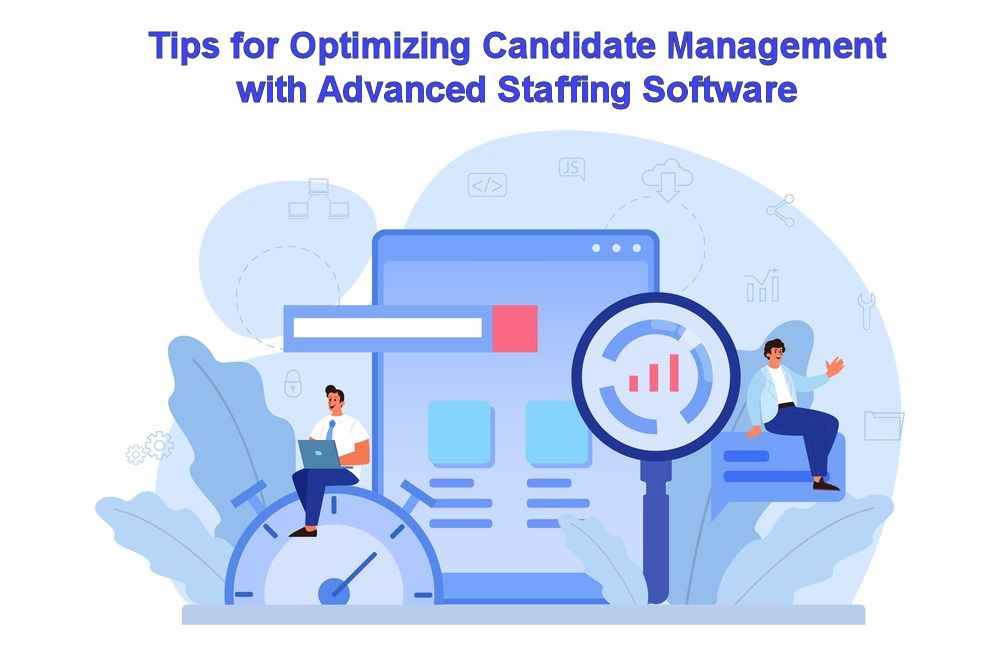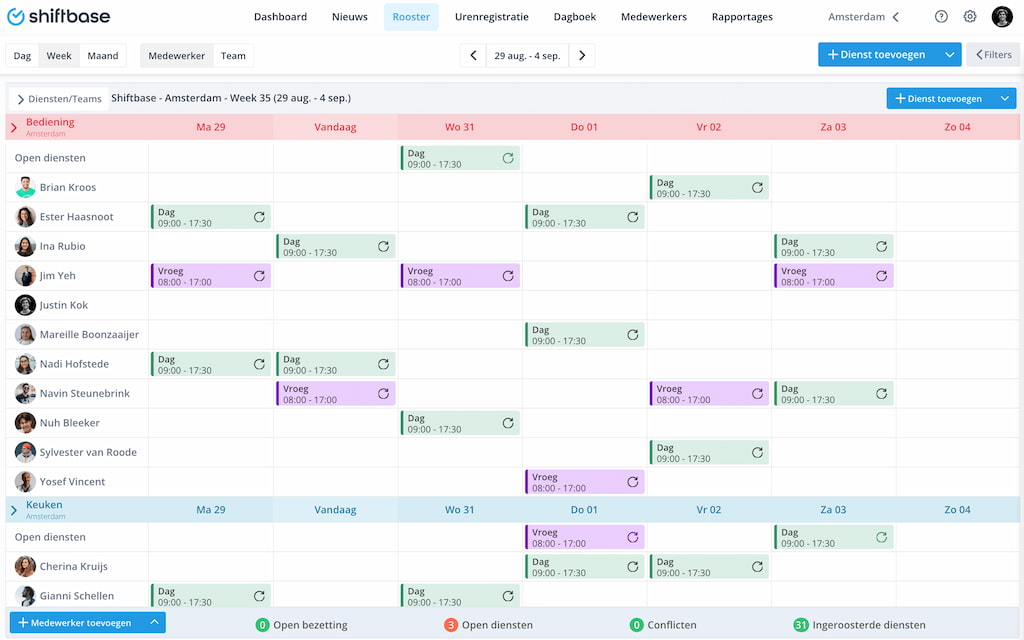Discover Reliable Staffing Management Software for Your Company
Discover Reliable Staffing Management Software for Your Company
Blog Article
Releasing the Power of Information: Enhancing HR Methods With Cutting-Edge Staffing Administration Software
In the swiftly developing landscape of human resources, the use of information has become a critical pressure in forming business success. As business aim to stay nimble and affordable, the integration of cutting-edge staffing management software program stands apart as a transformative device in improving HR processes. By harnessing the power of information analytics, organizations can not just boost their employment techniques yet additionally enhance worker retention and productivity. The harmony between data-driven insights and progressed modern technology offers a compelling chance for HR specialists to revolutionize their strategy in the direction of talent monitoring.
Importance of Data-Driven HR Techniques
Why have data-driven human resources techniques come to be necessary in contemporary organization procedures? In today's affordable and fast-paced business setting, companies are increasingly relying upon data-driven understandings to make informed choices. Data-driven human resources methods allow business to enhance their labor force management, recruitment processes, and employee involvement initiatives. By analyzing data related to staff member efficiency, turn over rates, and ability voids, HR divisions can determine patterns, forecast future requirements, and create positive solutions to address difficulties.
Data-driven HR approaches also play a vital duty in enhancing worker satisfaction and retention. Via the evaluation of staff member comments, performance testimonials, and training end results, HR professionals can tailor individual development plans, acknowledge high-potential staff members, and cultivate a society of constant knowing and growth within the organization. Additionally, data-driven insights enable HR groups to straighten their strategies with the overall business objectives, making sure that skill monitoring initiatives directly add to business success.
Benefits of Staffing Administration Software Program
Using staffing monitoring software program improves the recruitment and onboarding procedures for human resources departments, boosting efficiency and accuracy in talent procurement. One substantial benefit of this software is the capability to streamline prospect information, making it easily available for recruitment groups. By having all applicant info in one location, HR specialists can successfully track prospect progression, communicate efficiently with potential hires, and ensure a smooth employment experience.
Furthermore, staffing administration software application often includes features such as resume analyzing and search phrase matching, which assist in quickly recognizing leading prospects that match the work requirements. This automation lowers the time invested on hand-operated resume screening, enabling HR personnel to focus on even more critical jobs. staffing management software. In addition, these systems can incorporate with job boards and social networks platforms, increasing the reach of task posts and drawing in a varied swimming pool of candidates
Additionally, analytics and reporting tools within staffing management software provide important insights right into employment metrics, such as time-to-fill and cost-per-hire. This data-driven method enables HR groups to make informed choices, optimize employment strategies, and improve overall employing procedures. By leveraging these benefits, organizations can simplify their talent acquisition initiatives, improve prospect experience, and inevitably build a solid labor force.
Enhancing Employment Procedures With Information
Employing data-driven strategies in recruitment processes has actually ended up being increasingly crucial for companies looking for to improve their skill procurement outcomes. By leveraging data, business can make even more educated choices throughout the recruitment lifecycle, ultimately causing better hires and improved retention prices. One essential method information improves recruitment procedures is by enhancing job posts based upon understandings from past successful hires. Evaluating metrics such as the resource of leading ability, time to fill settings, and prospect quality can aid employers tailor work descriptions to bring in the ideal prospects efficiently.
Moreover, information analytics can enhance the testing and choice process by recognizing patterns in candidate credentials and efficiency indicators. Generally, incorporating data into recruitment processes equips organizations to make smarter employing choices and construct high-performing teams.
Improving Employee Retention With Innovation

One method modern technology can improve staff member retention is with the use of worker involvement systems. These platforms enable for real-time responses, recognition, and communication in between employees and monitoring, cultivating a culture of gratitude and assistance. Additionally, modern technology can make it possible for customized learning and development programs tailored to specific this website employee needs and occupation ambitions, increasing work fulfillment and loyalty.
In addition, information analytics tools can help companies determine patterns and patterns connected to staff member turn over, allowing them to take positive actions to attend to prospective problems before they escalate. On the whole, by leveraging innovation effectively, organizations can create a more interesting and encouraging workplace that urges staff members to remain and expand within the firm.
Optimizing Workforce Performance With Data

With the evaluation of information, human resources departments can determine patterns and trends that impact find this productivity degrees. For instance, by tracking worker job hours and task conclusion rates, organizations can optimize job routines to guarantee that jobs are effectively dispersed among staff member. Furthermore, information can disclose skill voids within the labor force, allowing human resources to carry out targeted training programs that enhance staff member capabilities and general performance.
Furthermore, data-driven performance assessments allow supervisors to give particular comments and assistance to workers, important link cultivating a culture of continual renovation. On the whole, leveraging information to make the most of labor force productivity is a tactical technique that encourages organizations to attain their objectives properly and efficiently.
Conclusion
In verdict, using innovative staffing administration software application can considerably boost human resources approaches by leveraging the power of information. By incorporating data-driven employment procedures, enhancing employee retention through innovation, and making the most of labor force efficiency, organizations can simplify their operations, make even more enlightened choices, and eventually attain greater success in managing their human capital. Welcoming these technological innovations is critical in the ever-evolving landscape of human source administration.
Data-driven HR approaches make it possible for firms to optimize their workforce administration, employment procedures, and worker involvement initiatives. By examining information associated to staff member performance, turn over rates, and skill gaps, Human resources divisions can identify patterns, forecast future needs, and create aggressive remedies to address challenges.

Report this page